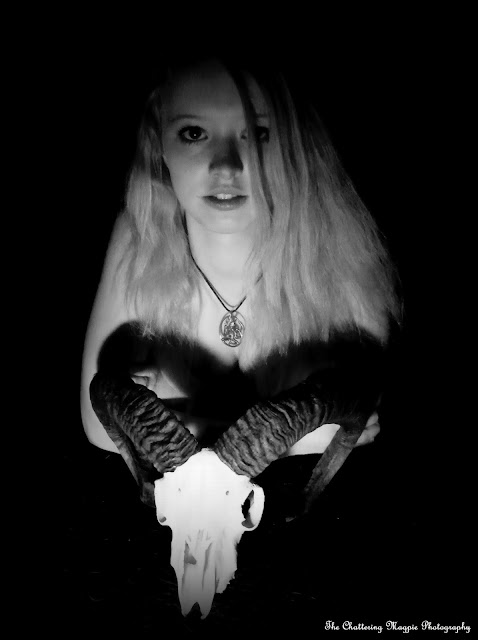Polytheism
refers to the honouring of many deities, each of whom is experienced and
acknowledged as an independent, individual personality, not as an aspect or
archetype of something else.
Polytheist
belief systems have a number of deities or sacred beings. Some may have
jurisdiction or governance over a large area, others may be associated with a
particular river, town, or family. Sacred beings may include spirits, wights, ancestors
or ‘small gods.’ Often individuals within Polytheistic cultures will form
relationships with a small number of specific Goddesses, Gods or other beings,
while acknowledging their kinship to other discrete entities who are important
within the culture, cosmology, and landscape.
In Polytheistic
cultures, deities are experienced as complex personages. Many have particular
skills or abilities but are not restricted to these. A Goddess is unlikely to
be, for instance, simply a ‘Goddess of Grain’ or a ‘Goddess of Weaving,’ although
she may have particular interest in these areas, just as a human musician is
also a member of a family and a community, visiting shops and participating in
political debates.
Most pre-Christian
cultures of Europe and indeed many cultures around the world, have been and in
some cases remain Polytheistic. Today many people in the ‘Western’ world are
returning to Polytheism. Often they will attempt to reconstruct or re-establish
a specific pre-Christian belief system, by studying its history and archaeology,
ancient writings (which may or may not be viewed as ‘Sacred Texts’) and the
cultures which embraced it, to recreate a living spirituality that works within
today's world.
Examples
of ancient texts include the Odyssey, Sumerian poems or the Eddas, writings
which make reference to deities, other non-human beings and give insight into
the worldviews of those who composed them.
Individual
deities may be known by more than one name, just as human people may be known
by different names or titles (Doctor, Dad, etc.) to different individual
people. For instance, Odhinn has over one hundred names in Mediæval texts and
is a master of disguise. He remains distinct from other Gods such as Thor or
Vidar, just as a cousin who is an actor (taking many parts) is distinct from
other relatives or members of the wider community (including other actors).
The
original link for the above text is below:
The
main website for the Association of Polytheistic Traditions is:













































